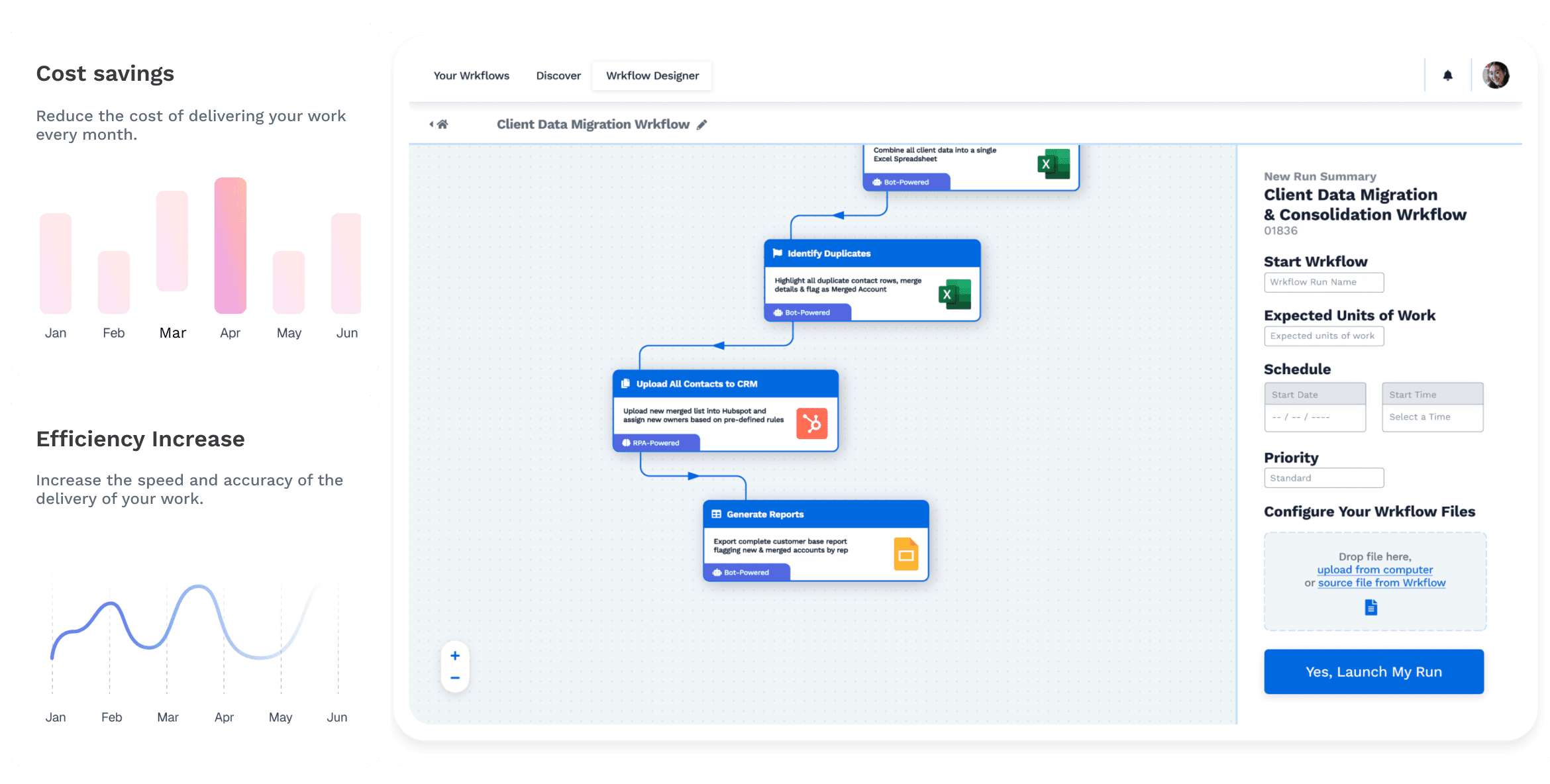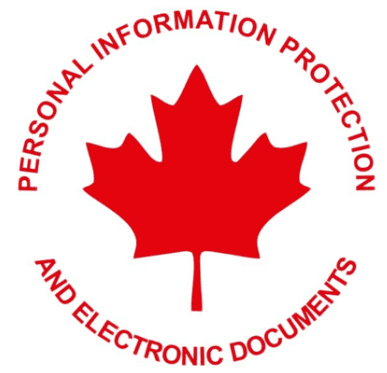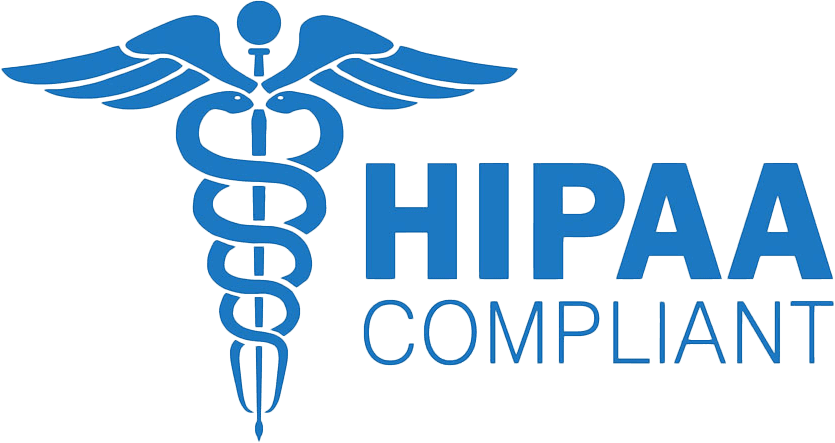Date de publication
2024-01-30
Introduction to OCR in QuickBooks Online
Efficient and accurate accounting is essential for the success of any organization. With the advent of technology, accounting processes have undergone a significant transformation, making them more streamlined and error-free. QuickBooks Online (QBO), one of the leading accounting software solutions, has embraced Optical Character Recognition (OCR) technology to take invoicing to the next level. In this blog, we will explore the world of OCR and how QuickBooks Online's OCR invoice features can revolutionize your accounting processes.
Understanding QuickBooks Online
Before we dive into the OCR features, let's start with a brief overview of QuickBooks Online. QuickBooks Online is a cloud-based accounting software developed by Intuit. It has become increasingly popular among businesses of all sizes due to its user-friendly interface, scalability, and extensive feature set.
QuickBooks Online allows users to manage their finances, track expenses, generate invoices, and more, all in one convenient platform. With the shift towards cloud-based solutions, QBO offers the flexibility of accessing your financial data from anywhere with an internet connection, making it an ideal choice for modern businesses.
What is OCR Technology?
OCR stands for Optical Character Recognition, a technology that converts different types of documents, such as scanned paper documents, PDF files, or images captured by a digital camera, into machine-encoded text. This technology is precious when dealing with invoices, receipts, and other financial documents.
OCR software analyzes the text within these documents and converts them into digital data that can be edited, searched, and stored in a database. OCR technology is about recognizing text and accurately capturing essential data fields, which is crucial for accounting processes.
QuickBooks Online's OCR Invoice Features
QuickBooks Online's OCR invoice features harness the power of OCR technology to simplify and enhance the invoicing process. Here are some critical aspects of these features:
Automatic Data Extraction
One of the standout features of QBO's OCR technology is its ability to extract data from invoices automatically. When you upload an invoice, the OCR software scans and identifies essential information like vendor names, invoice numbers, dates, and line item details. It eliminates the need for manual data entry, reducing the risk of human errors and saving valuable time.
Accuracy and Error Reduction
Manual data entry is not only time-consuming but also prone to errors. Human typists can make mistakes when transcribing information from paper documents or scanned images. QuickBooks Online's OCR eliminates these errors by ensuring the data extracted from invoices is highly accurate. This accuracy is crucial for maintaining the integrity of your financial records.
Time-Saving Capabilities
Time is business money, and QuickBooks Online's OCR features save you both. By automating data entry and reducing the need for manual invoice processing, you and your team can allocate your time to more strategic tasks, such as financial analysis, budgeting, or client interactions. This increased efficiency can significantly boost productivity within your accounting department.
Integration with Accounting Processes
Another advantage of QBO's OCR invoice features is their seamless integration with your accounting processes. The data extracted from invoices can be directly imported into your accounting software, ensuring that your financial records are up-to-date and accurate. This integration streamlines the invoicing workflow, from receiving invoices to making payments, reducing bottlenecks and improving cash flow management.
Setting Up OCR in QuickBooks Online
Now that we understand the benefits of OCR technology within QuickBooks Online, let's explore how to set up and utilize these features effectively.
Steps to Enable OCR in QBO
Enabling OCR in QBO is a straightforward process. You can activate it within your account settings or by using specific integrations. QuickBooks offers step-by-step guides to help you get started. Once activated, you can begin uploading invoices and experiencing the benefits of automated data extraction.
Integration with Document Management Systems
Integrating OCR in QBO with document management systems can be particularly beneficial for organizations dealing with many invoices and documents. These systems help organize and categorize your invoices, making it easy to search and retrieve them when needed.
Training and Customization Options
QuickBooks Online's versatile OCR technology can be customized to fit your specific needs. You can train the system to recognize unique templates, layouts, and fields on your invoices. This customization ensures that the OCR accurately extracts the required information, even for invoices with varying formats.
How OCR Enhances Invoice Processing
Let's walk through a typical invoice processing workflow and see how OCR technology enhances each step.
Invoice Receipt
When you receive an invoice, whether by email or postal mail, you can simply upload it to QuickBooks Online. The OCR software immediately goes to work, extracting all the relevant data fields from the document.
Data Extraction
As mentioned, the OCR technology automatically extracts the vendor's name, invoice number, date, and line item details. This data extraction process is lightning-fast and incredibly accurate.
Verification and Review
Once the data is extracted, you can review it within QuickBooks Online. This step ensures that all the information has been captured correctly. Any discrepancies or missing data can be addressed at this point.
Integration with Accounting Software
After verification, the extracted data seamlessly integrates into your accounting software. This step eliminates the need for manual data entry, reducing the chance of errors and ensuring that your financial records are always up-to-date.
Payment Processing
You can quickly initiate vendor payments with the invoice data in your accounting software. QuickBooks Online's integration with payment gateways simplifies this process, allowing you to settle invoices efficiently.
Comparison of Manual vs. OCR-Assisted Invoice Processing
To truly appreciate the value of OCR technology in QuickBooks Online, let's compare the traditional manual invoice processing approach with the OCR-assisted workflow.
Manual Invoice Processing:
Involves manual data entry, which is time-consuming and error-prone.
Requires staff to type in information from paper invoices or digital documents.
May result in data entry errors, leading to discrepancies in financial records.
Slows down the invoice processing cycle and potentially delays payments.
Consumes valuable human resources that could be better allocated elsewhere.
OCR-Assisted Invoice Processing:
Automates data extraction, saving time and reducing errors.
Eliminates the need for manual data entry, improving accuracy.
Accelerates the invoice processing cycle, facilitating timely payments.
Frees up personnel for more strategic accounting tasks.
Enhances overall efficiency and productivity within the accounting department.
Overcoming Challenges and Pitfalls
While OCR technology offers numerous benefits, there are some challenges and pitfalls to be aware of when implementing it in your accounting processes.
Quality of Source Documents
The accuracy of OCR technology heavily depends on the quality of the source documents. Invoices that are heavily creased, faded, or have unusual fonts may pose challenges for OCR software. Ensuring that your source documents are of high quality can mitigate these issues.
Template Variability
Invoices from different vendors may have varying formats and layouts. QuickBooks Online's OCR technology can be trained to recognize these variations, but occasional adjustments may still be necessary to ensure accurate data extraction.
Initial Setup and Training
Setting up and training OCR systems can require some initial effort and expertise. It's essential to allocate resources for proper setup and training to maximize the benefits of OCR technology.
Data Privacy and Security
When using OCR, sensitive financial data is processed and stored digitally. Ensuring robust data privacy and security measures is critical to protect your organization's financial information.
Security and Privacy Concerns
Addressing security and privacy concerns is paramount when implementing OCR technology in your accounting processes.
Data Encryption
Ensure that your OCR solution and QuickBooks Online use secure data encryption to protect sensitive financial information during transmission and storage.
Access Control
Implement strict access controls to restrict access to financial data. Only authorized personnel should have access to sensitive information.
Compliance with Regulations
Stay informed about data protection regulations relevant to your industry and location. Ensure that your OCR solution and QuickBooks Online comply with these regulations, such as GDPR or HIPAA.
Regular Audits and Monitoring
Regularly audit and monitor your OCR and accounting systems for potential security breaches or unauthorized access. Promptly address any issues that arise.
Future Trends and Developments
As technology continues to advance, OCR technology is also expected to evolve. Here are some future trends and developments to watch out for:
Improved AI Integration
OCR technology will become more sophisticated, integrating artificial intelligence (AI) and machine learning algorithms better. It will enhance the accuracy of data extraction, even with complex documents.
Enhanced Mobile Capabilities
Mobile OCR apps and features will become more prevalent, allowing users to capture and process invoices and receipts directly from their mobile devices.
Integration with Blockchain
Integrating OCR with blockchain technology can provide a secure and tamper-proof ledger for financial data, enhancing trust and transparency in accounting.
Final Say
Incorporating OCR technology into QuickBooks Online's invoicing features can take your accounting processes to the next level. By automating data extraction, improving accuracy, and streamlining workflows, OCR enhances efficiency and productivity in your accounting department. However, addressing potential challenges, prioritizing security and privacy, and staying updated on evolving OCR trends is crucial to maximize this transformative technology. Embracing OCR in QuickBooks Online can revolutionize your accounting practices, allowing you to focus on what truly matters—growing your business.
Start Automating with Wrk
Kickstart your automation journey with the Wrk all-in-one automation platform









